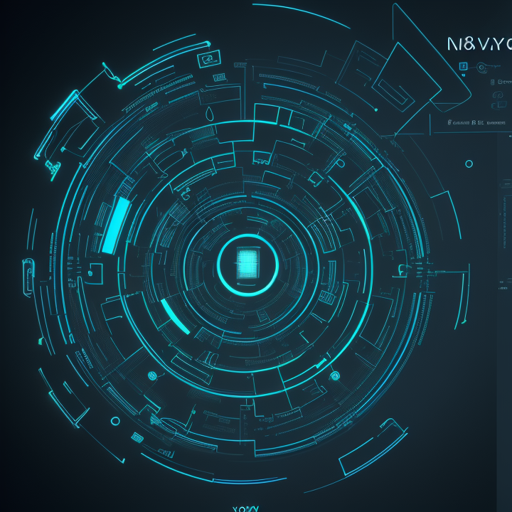Are you ready to dive into the world of real-time handwritten text detection? With the YOLOv8 model, you can achieve high accuracy and speed, making it a perfect companion for your object detection tasks. Let’s break down how to get started with YOLOv8 and troubleshoot any potential hurdles you might encounter along the way.
1. Understanding the Model
YOLOv8 stands for “You Only Look Once, version 8,” which is a state-of-the-art object detection algorithm. Imagine YOLOv8 as a highly skilled librarian who can scan a library and instantly identify all the handwritten books without misplacing even one! This model has been meticulously trained on a rich dataset of handwritten texts, making it exceptionally adept at distinguishing between written and printed materials.
2. Getting Started with YOLOv8
Follow these steps to set up YOLOv8 for handwritten text detection:
- Install the required library:
pip install ultralytics - Import necessary libraries:
from ultralytics import YOLO from huggingface_hub import hf_hub_download from matplotlib import pyplot as plt - Load the model weights:
model_path = hf_hub_download( local_dir=".", repo_id="armvectores/yolov8n_handwritten_text_detection", filename="best.pt" ) model = YOLO(model_path) - Load the test image:
test_blank_path = hf_hub_download( local_dir=".", repo_id="armvectores/yolov8n_handwritten_text_detection", filename="test_blank.png" ) - Make predictions:
res = model.predict( source=test_blank_path, project='.', name='detected', exist_ok=True, save=True, show=False, show_labels=False, show_conf=False, conf=0.5, ) - Visualize the results:
plt.figure(figsize=(15,10)) plt.imshow(plt.imread('detected/test_blank.png')) plt.show()
3. Understanding the Code
This sequence of code is akin to preparing a recipe in a kitchen. We gather our ingredients (libraries and model weights), prepare our dish (predict on the test image), and finally, we present the dish beautifully (visualizing the predictions). Each step builds upon the previous one to serve a final product: accurate handwritten text detection.
4. Testing the Model
After the predictions are made, you can visualize them with the code provided above. Below are two examples of how your predictions may look:


5. Metrics to Look Out For
When evaluating your model, it’s crucial to consider metrics. For instance, the final Intersection over Union (IoU) is 0.98, which shows a high level of accuracy in the model’s predictions. This figure indicates how closely the predicted bounding boxes match the actual handwritten text regions.

Troubleshooting
Even the best algorithms can sometimes be tricky. If you run into issues while using YOLOv8 for your text detection tasks, consider the following troubleshooting tips:
- Ensure that your environment has the correct dependencies installed.
- Check the model weights and image paths to confirm they are correct.
- Make sure that your source image has sufficient quality for accurate detection.
- If predictions are not showing, try adjusting the confidence threshold.
For more insights, updates, or to collaborate on AI development projects, stay connected with fxis.ai.
At fxis.ai, we believe that such advancements are crucial for the future of AI, as they enable more comprehensive and effective solutions. Our team is continually exploring new methodologies to push the envelope in artificial intelligence, ensuring that our clients benefit from the latest technological innovations.

